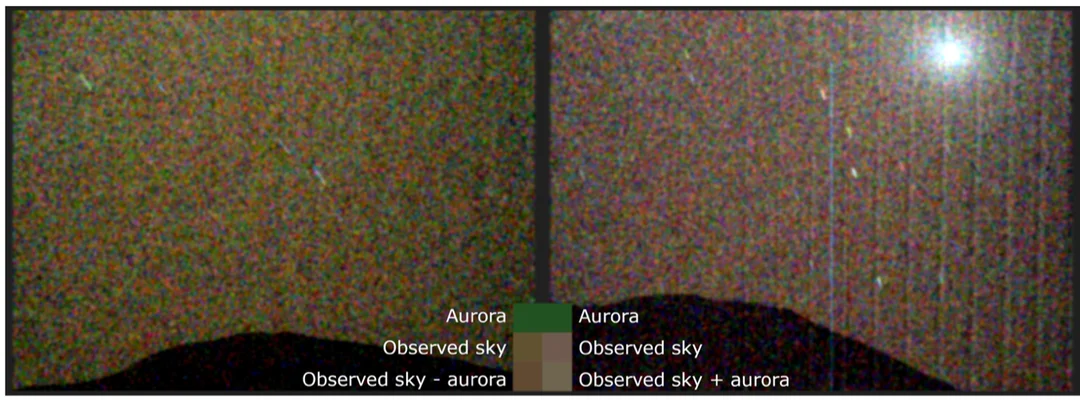
Martian Skies Ablaze: NASA’s Perseverance Rover Witnesses Green Auroras on Mars!
Get ready for a cosmic spectacle! Mars, our rusty red neighbor, is potentially in for a planet-wide display of auroras, thanks to a colossal cloud of charged particles hurled from the sun. This exciting prediction arrives in the same week that NASA's Perseverance Mars rover achieved a monumental milestone: capturing the first-ever visible green auroras on the Martian surface.
A Solar Storm Headed for Mars
On May 14th, an X2.7 solar flare, the strongest of the year, erupted from the sun, unleashing a torrent of energy and radiation. Following this powerful flare, a coronal mass ejection (CME)—a massive surge of super-charged particles—was ejected towards Mars. According to Spaceweather.com, this CME is expected to interact with the Martian atmosphere around May 18th, potentially triggering a spectacular global aurora display. Fortunately for us, Earth is not in the direct path of this CME.

Perseverance's Historic Discovery
The aurora forecast coincided with NASA's release of stunning images captured by Perseverance on March 15, 2024, revealing the first visible-light images of a green aurora on Mars. This groundbreaking observation marks the first time such a phenomenon has been witnessed from the surface of another planet.
"This exciting discovery opens up new possibilities for auroral research and confirms that auroras could be visible to future astronauts on Mars’ surface," stated Elise Knutsen, a postdoctoral researcher at the University of Oslo and lead author of a paper published in Science Advances.

Why Martian Auroras Are Different
Unlike Earth, Mars possesses a very weak magnetic field and a thin atmosphere. This results in different types of auroras. Solar energetic particle auroras, caused by high-energy particles from the sun impacting the Martian atmosphere, can cause the entire night sky to glow.
A Collaborative Effort
The successful observation of the Martian aurora was a result of meticulous planning and collaboration. Scientists carefully calculated the optimal angles for Perseverance's MastCam-Z camera system and SuperCam spectrometer. They also partnered with researchers at NASA’s Goddard Space Flight Center to identify Mars-bound CMEs that could potentially trigger auroral displays.
Space Weather and Future Martian Explorers
Understanding auroras is crucial as they are linked to space weather, which can pose significant risks to spacecraft and future human missions to Mars. As Katie Stack Morgan, acting project scientist for Perseverance, emphasized, gaining a better understanding of auroras and the conditions that lead to their formation is essential for preparing for safe human exploration of the Red Planet. These findings highlight the importance of continued cross-mission collaboration in unlocking the mysteries of our solar system.
What are your thoughts on this fascinating discovery? Will these Martian auroras inspire future space exploration? Share your comments below!